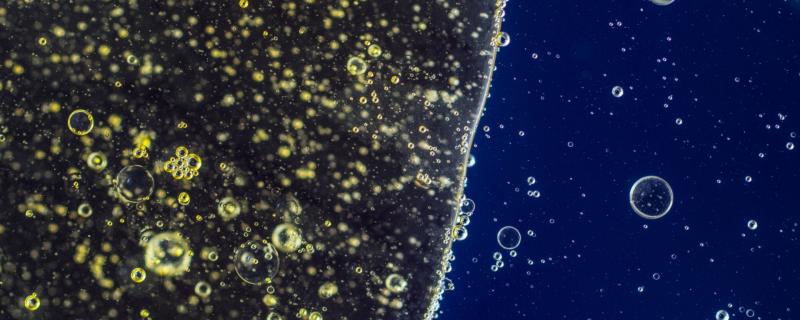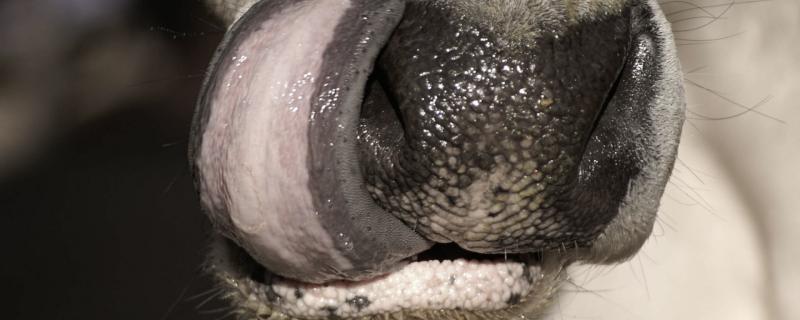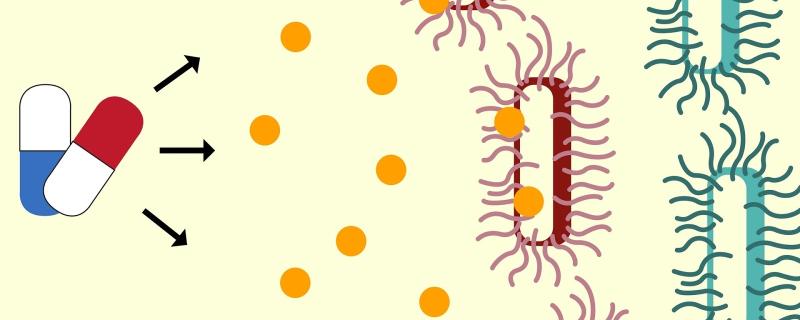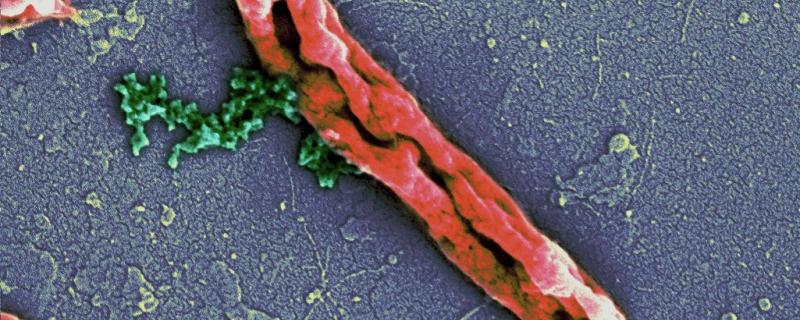A team of scientists from Academy of Scientific and Innovative Research (AcSIR), Council of Scientific and Industrial Research-National Chemical Laboratory (CSIR-NCL) and Indian Institute of Science, Education and Research Kolkata (IISER Kolkata) have studied the formation of 2 Dimensional Covalent Organic Frameworks (COF)- organic solids bound together by covalent
Archives
Researchers from National Institute of Technology, Durgapur and Indian Institute of Technology Kharagpur in West Bengal, with support from Department of Biotechnology, Government of India,have shown that the one way to efficiently deal with oil sludge, is to cultivate suitable microbes using nutrients, which then disintegrate the contaminants in the sludge.
In a first comprehensive study, researchers from the Lala Lajpat Rai University of Veterinary Sciences and Animal Sciences and G. B. Pant University of Agriculture and Technology have explored the reasons behind the prevalence of Bluetongue Virus (BTV) in the state of Haryana.
Dr. Renu Swarup, Senior Advisor and Scientist H at the Department of Biotechnology (DBT), Government of India took over as Secretary, DBT on 10th of April 2018.
In a novel study, researchers from the Indian Institute of Technology, Bombay, test how oxidative stress induced by a combination of drugs can help fight drug resistant strains of Tuberculosis.
Researchers from Indian Institute of Technology Bombay, Mumbai have observed a new phenomenon in a semiconductor quantum dot-- particles of nanometre (a billionth of a meter) size which are also called artificial atoms) made of Cu2ZnSnS4 (CZTS).
Researchers from the Indian Institute of Science, Bangalore use a computational approach to design peptides which are highly effective in killing drug resistant microbes.
Scientist from Visvesvaraya National Institute of Technology, Nagpur, National Institute for Material Sciences, Ibaraki, Japan and Institute for Plasma Research, Gujarat have developed a novel composite material composed of carbon nanotubes decorated with thin films of zinc ferrite (ZnFe2O4) for practical applications like, energy storage.
Scientists from the Indian Institute of Sceince, Bangalore show us how the humble grain of rice can be a historian and meterologist!
Scientist from Indian Institute of Technology Kanpur (IITK) have developed a novel ternary nanocomposite (compound made of three different nano compounds) which can remove methylene blue from a solution when shone with visible or Ultra Violet (UV) light.










